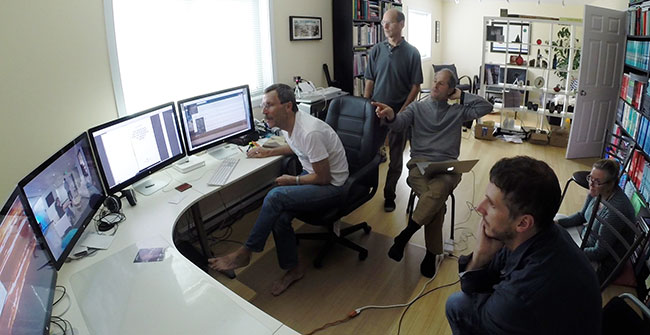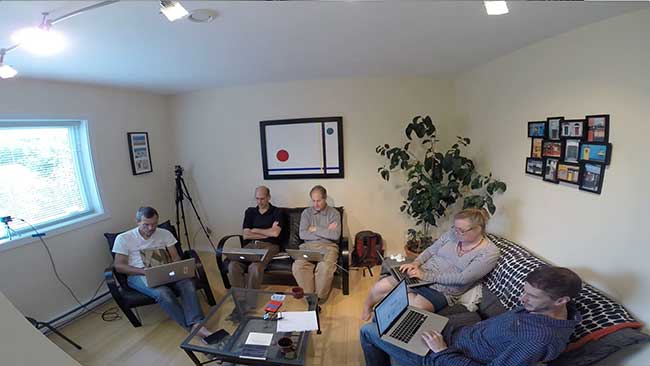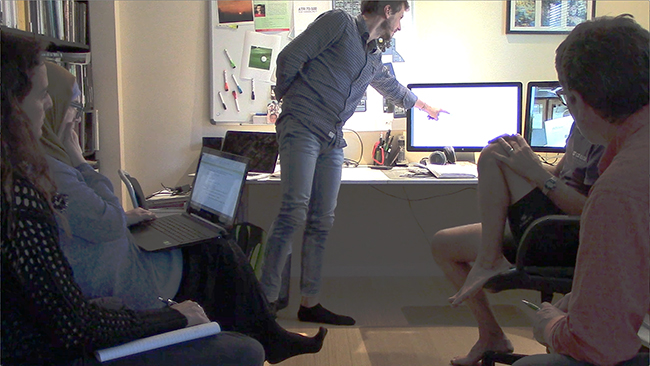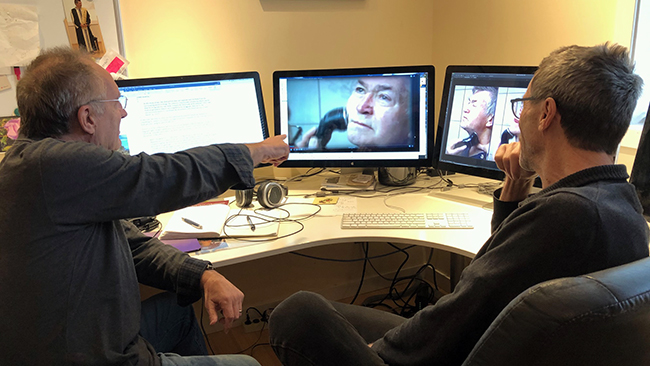Introduction
In our laboratory, we investigate human activities wherever they occur without making presuppositions about such issues as (a) what it takes to know, (b) who knows versus who does not know, (c) power, (d) identity, and the likes. Instead, we investigate the field of relations in which people are caught up as much as act to produce change. People change because they live, and anything that issues from their activities constitute points of intensification in the lines of their lives.
Micro versus macro. Some readers of our work might be tempted to describe it as "merely" micro-analytical. In fact, our position is that the individual and social co-implicate each other, each being a part of the other. Thus, the individual and the social are not reverse sides of the same coin, nor are there hierarchical relations, where the social pertains to some macro-level and the individual to some micro-level of society. In any social field we see both the individual and the soci(et)al simultaneously.
Data sessions. An important aspect of our work are data sessions. Here, we engage in the collaborative analysis of relational fields. We do do bottom up. Every statement is treated as a claim that has to be supported by the evidence. You cannot use, for example, power as a means to explain what you see. Instead, you have to show how the social & shared work (i.e., "doing") that is glossed by participants as an instance of power (i.e., we are interested in the doing part of what is expressed as "doing [being in power]," where the bracketed part literally is bracketed in our analyses and, therefore, needs to be explained rather than be used to explain. The question to be answered therefore is: What do people do such that when we watch them, we see one in power and the others in submission? The following photo shows a group of us analyzing video from a software development company--the different monitors allow us to have multiple data displayed simultaneously. (Participants in this session are, from left, Wolff-Michael Roth, David Socha, Josh Tenenberg, Alfredo Jornet, & Robin Adams)

In the back of the preceding photo, there is a room-dividing bookshelf. Behind it, there is a meeting area seen in this photo. (Participants in this session are, from the right, Alfredo Jornet, Robin Adams, Josh Tenenberg, David Socha, and Wolff-Michael Roth)

The big monitors allow easy viewing of multiple documents. Participants can walk up and show what there is to be seen. (Participants in this session are, from left, Erica Germanos, Mai Sidawi, Alfredo Jornet, Wolff-Michael Roth, and Chris Campbell)

In this data session with my colleague Jo Reichertz, a sociologist working in communication, we are analyzing the relations in couples where one partner has been diagnosed with dementia. The video currently shown on the monitor derive from a documentary on dementia available on YouTube.

For the following, start the video and then stop it. You then move the image to get a 360¡ view on a data analysis meeting, here involving (from right to left) Alfredo Jornet, David Socha, Josh Tenenberg, Skip Walter, and myself.
|
update: 19-NOV-19
|
|
Publications |
| cultural-historical studies phenomenological studies |